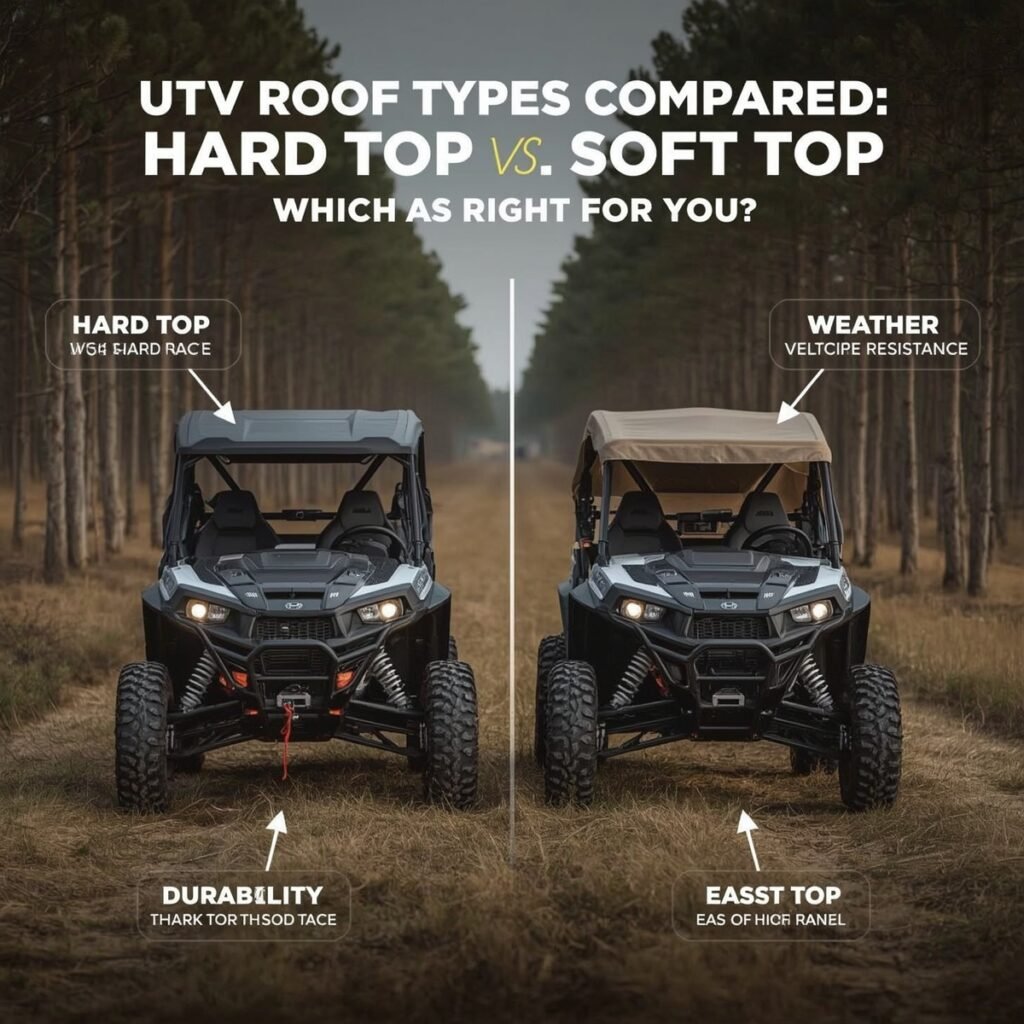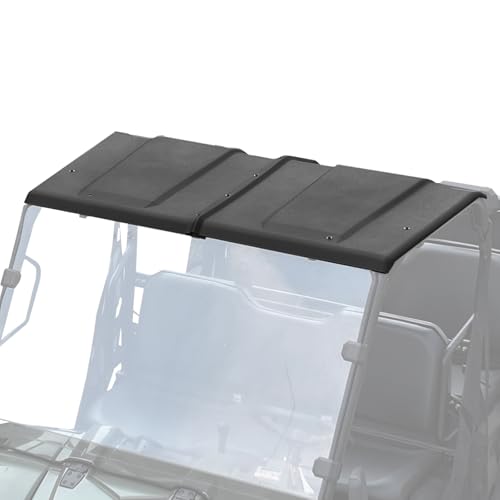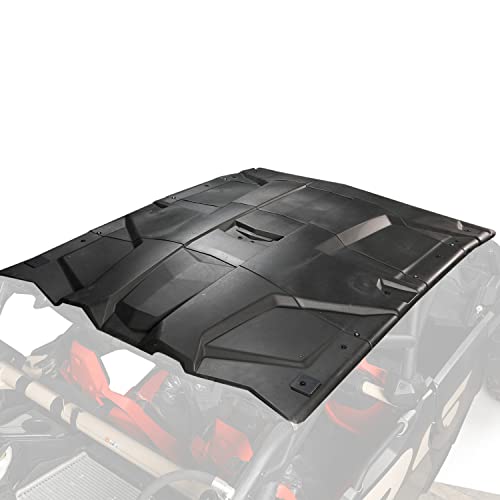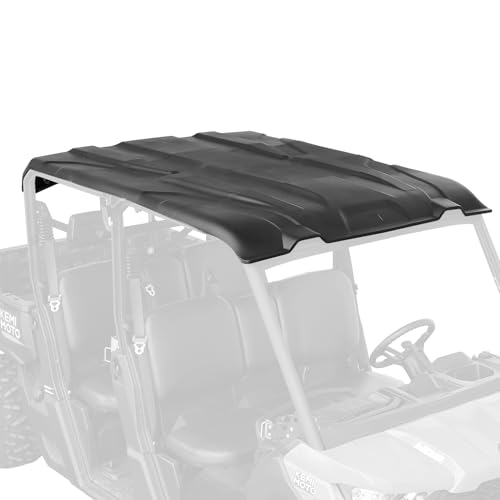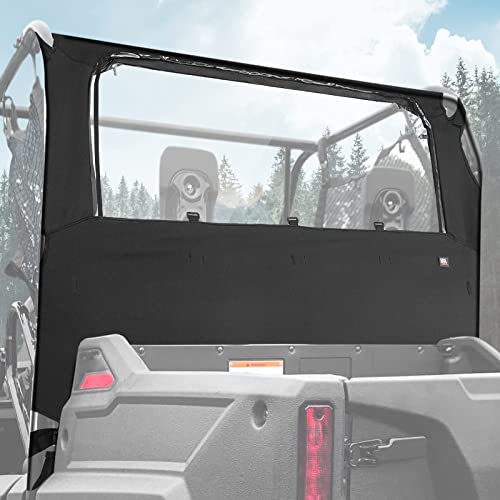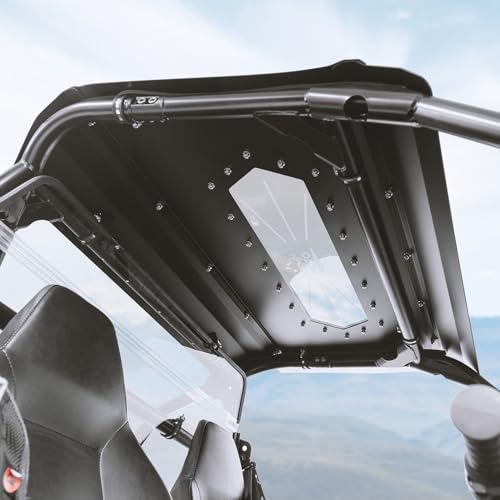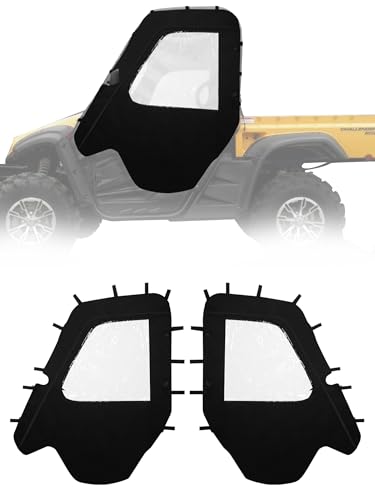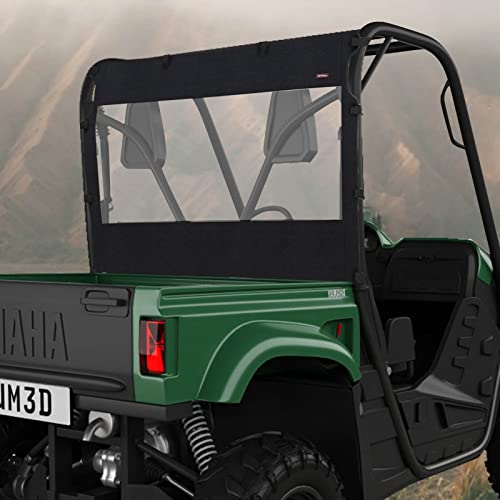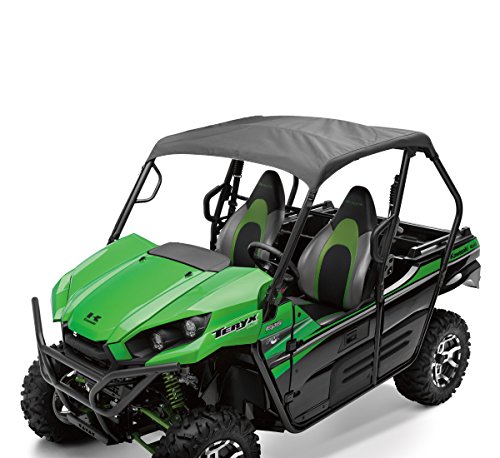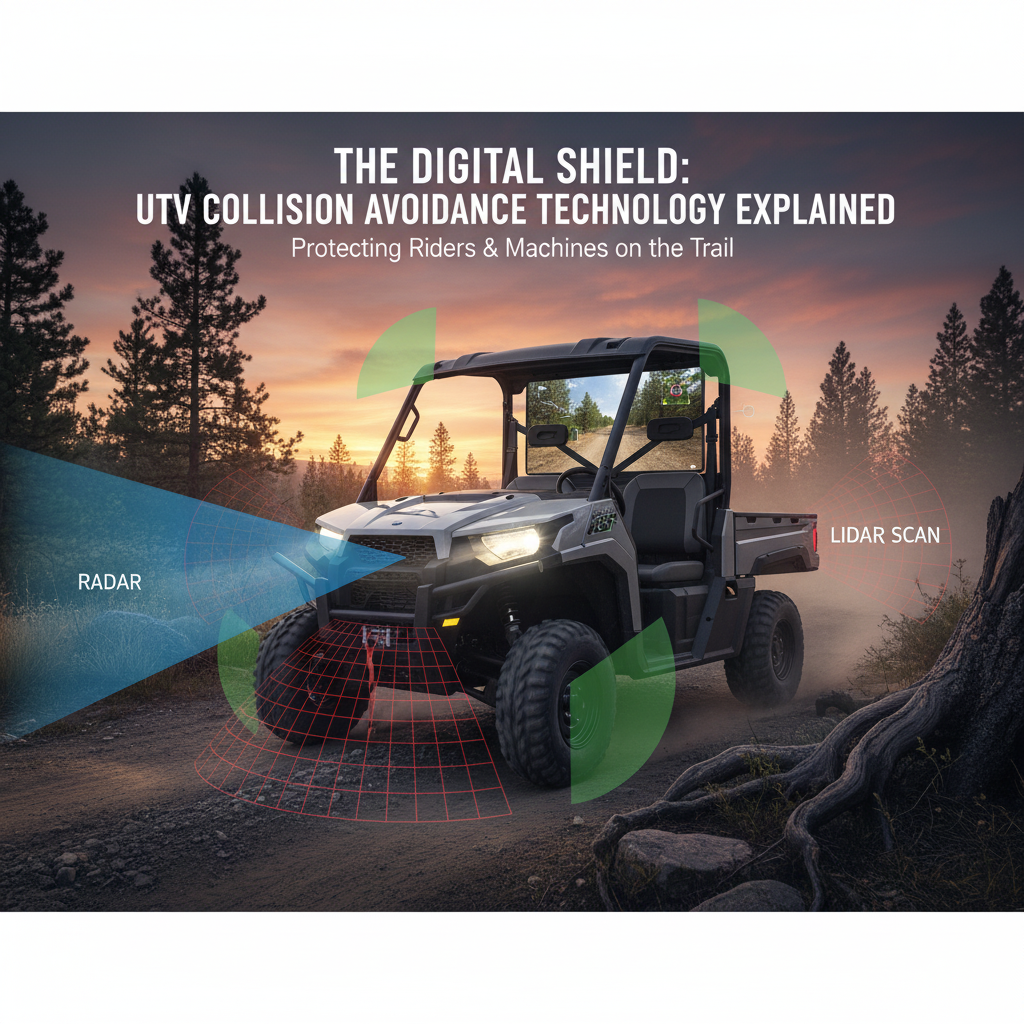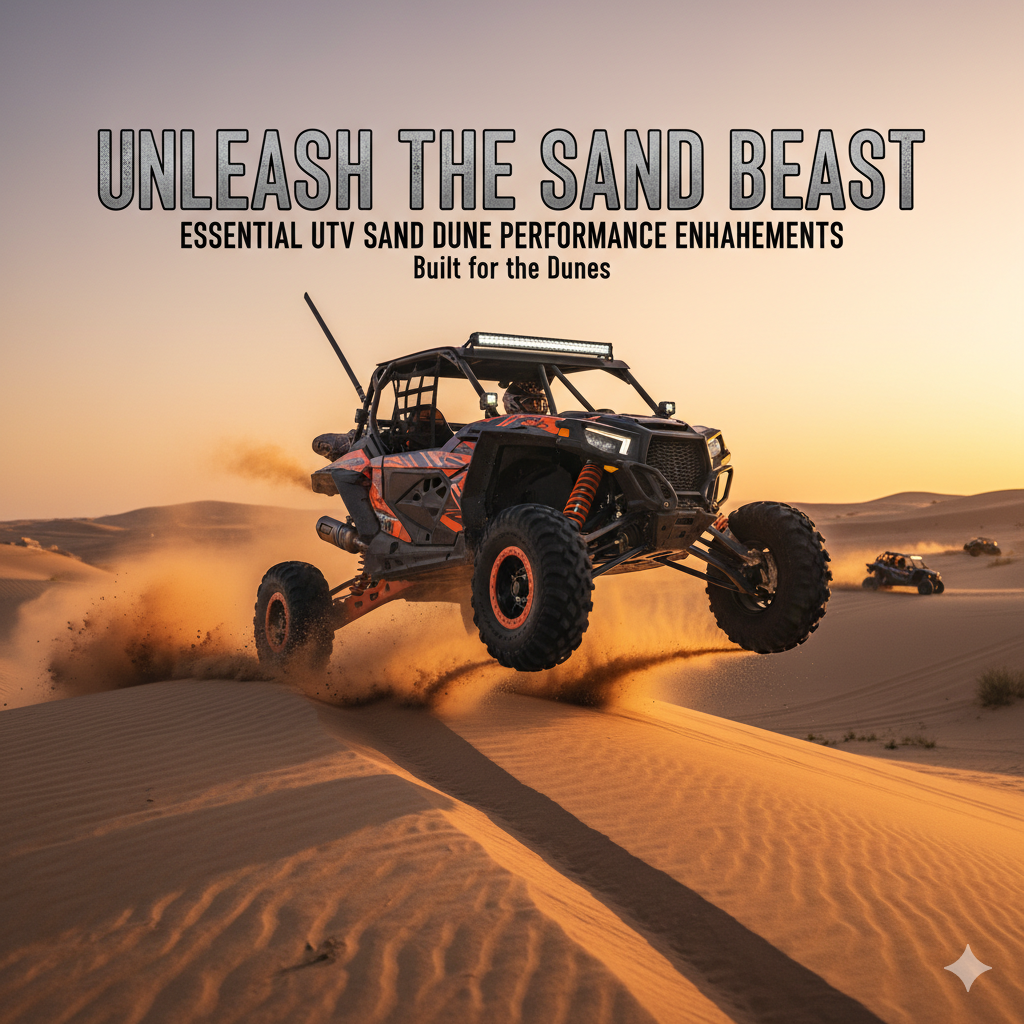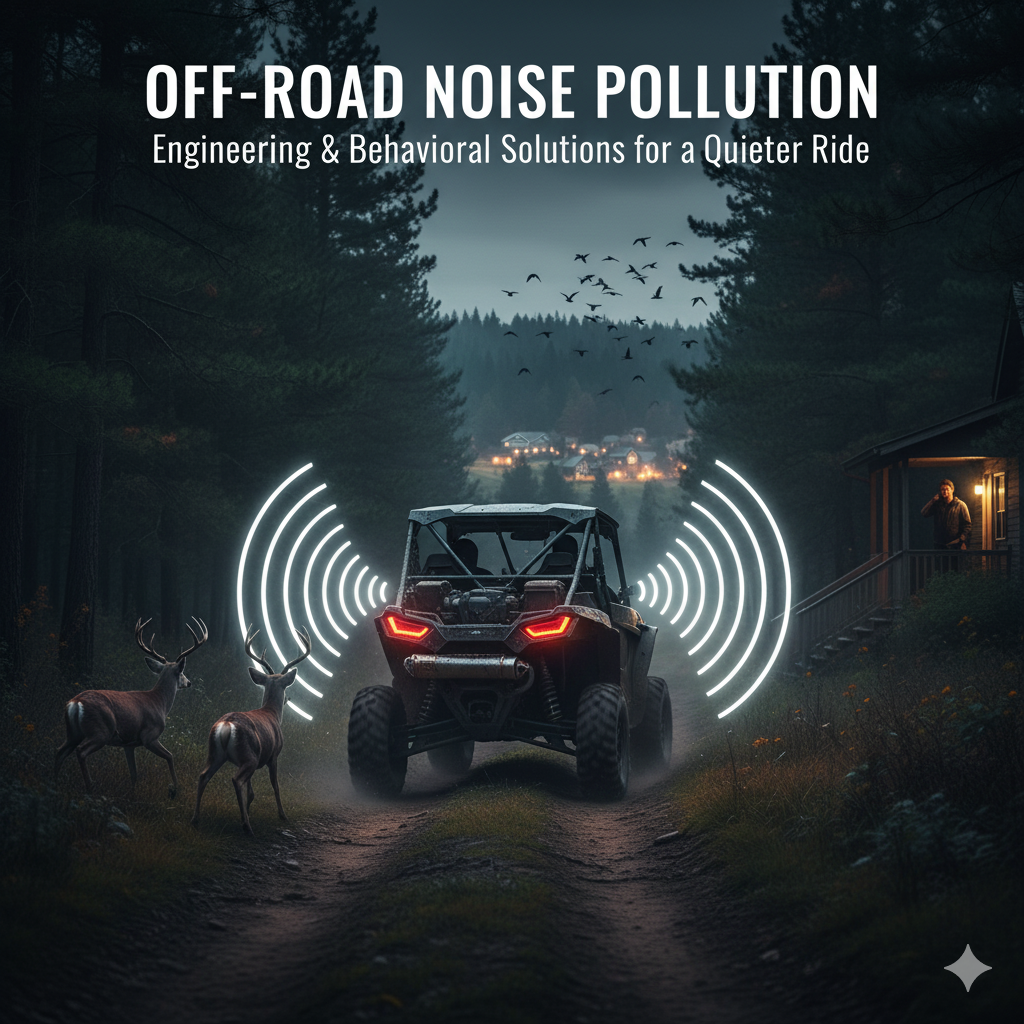Adding a roof to your UTV is one of the first and most practical upgrades many owners consider.
It offers protection from the elements, enhances comfort, and can even contribute to the overall aesthetics of your machine.
However, once you start looking, you’ll quickly realize there are two primary types of UTV roofs: hard tops and soft tops.
Each comes with its own set of advantages and disadvantages, and choosing the right one depends heavily on your riding style, the climate you operate in, and your budget.
As a fellow off-road enthusiast, I know that every decision about your UTV impacts your experience on the trails or at the worksite.
In this comprehensive blog post, we’ll dive deep into a head-to-head comparison of UTV roof types: Hard Top vs. Soft Top.
We’ll explore the materials, durability, weather protection, noise reduction, cost, and ease of installation for each.
My goal is to provide you with all the information you need to make an informed decision, ensuring your UTV is equipped with the perfect roof to enhance your adventures.
Let’s cover the options and find the ideal lid for your ride!
Hard Top UTV Roofs: Durability and Protection
Hard top UTV roofs are typically constructed from rigid materials like plastic (polyethylene), aluminum, or even fiberglass.
They are designed for maximum durability and protection, offering a more permanent solution for your UTV.
Pros of Hard Top UTV Roofs:
- Superior Protection: Hard tops offer excellent protection from rain, snow, sun, and falling debris (branches, rocks). They create a more enclosed cabin feel, which is especially beneficial in harsh weather conditions.
- Durability: Made from robust materials, hard tops are highly resistant to punctures, tears, and impacts. They are built to last and can withstand years of abuse on the trails.
- Noise Reduction: Hard materials are generally better at dampening engine noise, wind noise, and trail sounds, leading to a quieter and more comfortable ride, especially at higher speeds.
- Accessory Mounting: Hard tops often provide a stable platform for mounting additional accessories like light bars, sound systems, or cargo racks. Some even come with integrated channels or mounting points.
- Aesthetics:* Many riders prefer the sleek, finished look of a hard top, as it can seamlessly integrate with the UTV’s design and give it a more rugged appearance.
Cons of Hard Top UTV Roofs:
- Higher Cost: Hard tops are generally more expensive than soft tops, both in terms of the initial purchase price and potential shipping costs due to their size and weight.
- Permanent Installation: While not impossible to remove, hard tops are typically designed for a more permanent installation, making them less convenient to take off if you want an open-air experience.
- Weight: Hard tops add more weight to your UTV compared to soft tops, which can slightly impact performance or fuel efficiency, though usually minimally.
- Storage: When removed, hard tops require more storage space due to their rigid structure.
- Potential for Scratches/Dents: While durable, hard tops can still get scratched or dented, especially aluminum ones, which can be more noticeable than damage on a soft top.
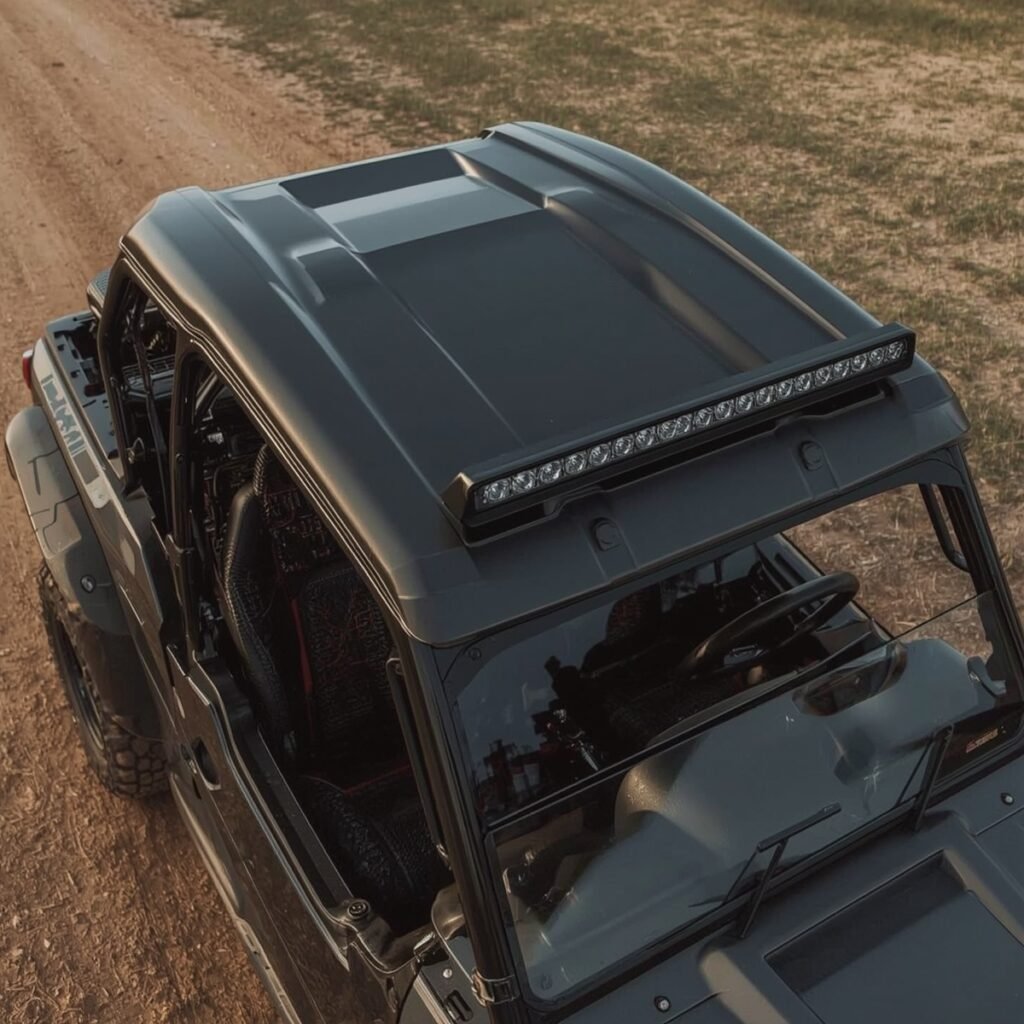
Soft Top UTV Roofs: Versatility and Affordability
Soft top UTV roofs are typically made from durable, weather-resistant fabrics like marine-grade canvas, vinyl, or polyester.
They offer a more flexible and often more affordable solution.
Pros of Soft Top UTV Roofs:
- Affordability: Soft tops are generally much less expensive than hard tops, making them a budget-friendly option for UTV owners.
- Lightweight: Being made of fabric, soft tops add minimal weight to your UTV, which can be a consideration for performance-oriented riders.
- Easy Installation and Removal: Most soft tops are designed for quick and easy installation and removal, often attaching with straps, buckles, or Velcro. This allows for quick changes depending on weather conditions or personal preference.
- Compact Storage: When removed, soft tops can be folded or rolled up, taking up very little storage space.
- Flexibility: Some soft tops offer modular designs, allowing you to remove sections or roll them back for an open-air experience while still providing some shade.
Cons of Soft Top UTV Roofs:
- Less Durable: While made from tough fabrics, soft tops are more susceptible to tears, punctures, and fading from prolonged sun exposure compared to hard tops. They may require replacement more frequently.
- Limited Protection: While they offer good protection from sun and rain, soft tops provide less protection from falling debris or impacts. They also don’t offer the same level of security as a hard top.
- Noise: Soft tops can flap in the wind at higher speeds, creating more noise than a hard top. They also don’t offer the same sound dampening qualities.
- Accessory Mounting: Mounting accessories like light bars or speakers directly to a soft top is generally not feasible or recommended due to its flexible nature.
- Weathering: Over time, exposure to UV rays and harsh weather can cause soft tops to fade, crack, or become brittle, especially if not properly maintained.
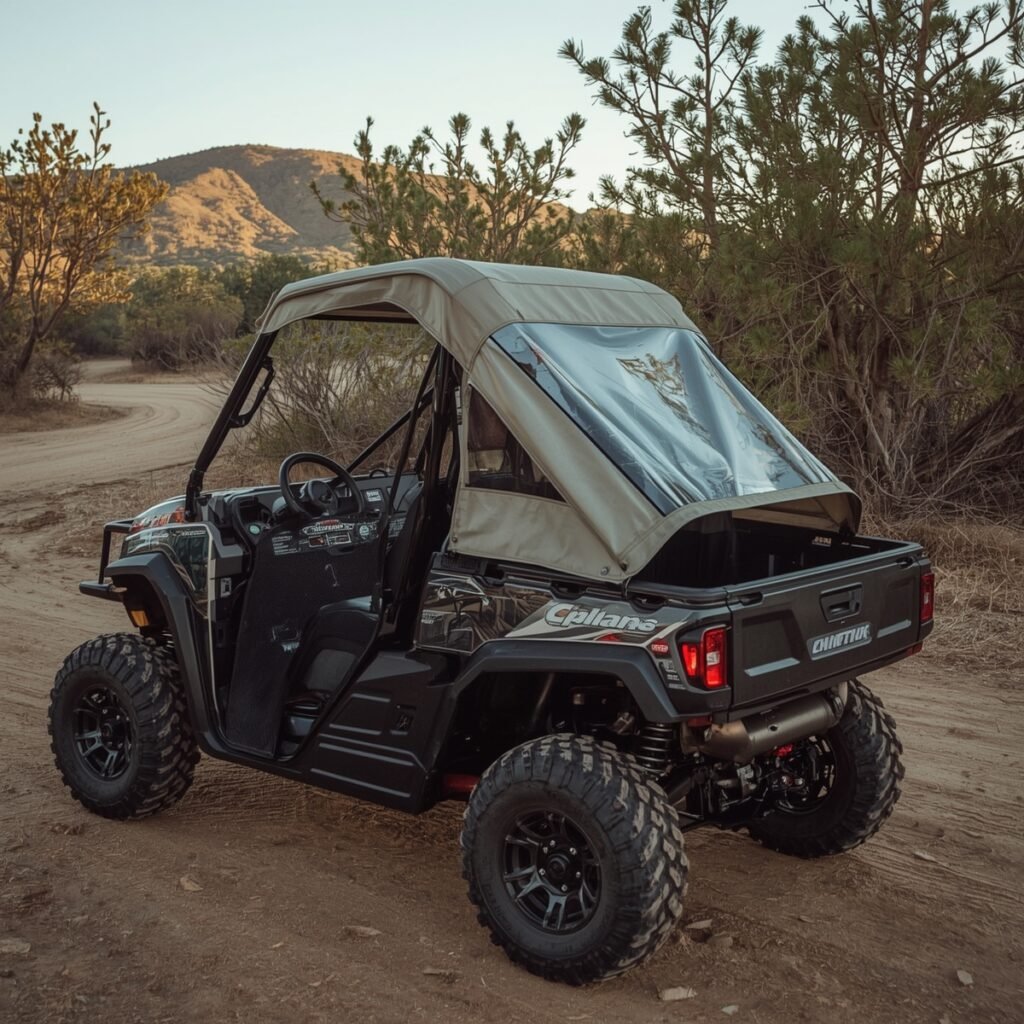
Hard Top vs. Soft Top: A Direct Comparison and Factors to Consider
Now that we’ve looked at each type individually, let’s directly compare them and consider the factors that should influence your decision.
| Feature | Hard Top UTV Roof | Soft Top UTV Roof |
| Material | Polyethylene, Aluminum, Fiberglass | Marine-grade fabric (canvas, vinyl, polyester) |
| Durability | Excellent; resistant to punctures, tears, impacts | Good; susceptible to tears, punctures, fading |
| Weather Protection | Superior; full enclosure, better insulation | Good; protects from sun and rain, less insulation |
| Noise Reduction | Better; dampens engine and wind noise | Limited; can flap at speed, less sound dampening |
| Accessory Mounting | Excellent; stable platform for lights, speakers | Limited; not suitable for direct mounting |
| Cost | Higher initial investment | Lower initial investment |
| Installation/ Removal | More involved; generally permanent | Quick and easy; designed for frequent removal |
| Storage | Requires more space when removed folds | Folds/rolls compactly for easy storage |
| Aesthetics | Sleek, integrated, rugged look | More utilitarian, can look less finished |
1. Your Budget:
If cost is a primary concern, a soft top is the more economical choice upfront. However, consider the long-term durability and potential replacement costs.
2. Climate and Weather Conditions:
If you frequently ride in harsh weather (heavy rain, snow, extreme sun) or areas with falling debris, a hard top offers superior protection and comfort.
3. Riding Style and Usage:
-
-
- Work/Utility: For heavy-duty work, a hard top might be preferred for its durability and ability to mount work lights or other accessories.
- Recreational/Trail Riding: If you enjoy an open-air experience but want protection when needed, a soft top’s easy removal might be ideal.
- Mud/Dust: Hard tops are easier to clean and provide a better seal against dust and mud entering the cabin.
-
4. Noise Preference:
If a quieter ride is important to you, especially for long trips or at higher speeds, a hard top will generally perform better.
5. Accessory Needs:
If you plan to mount a lot of accessories to your roof, a hard top provides the necessary stability and mounting points.
6. Storage Space:
Consider where you will store the roof when it’s not on your UTV. Soft tops are much more forgiving in this regard.
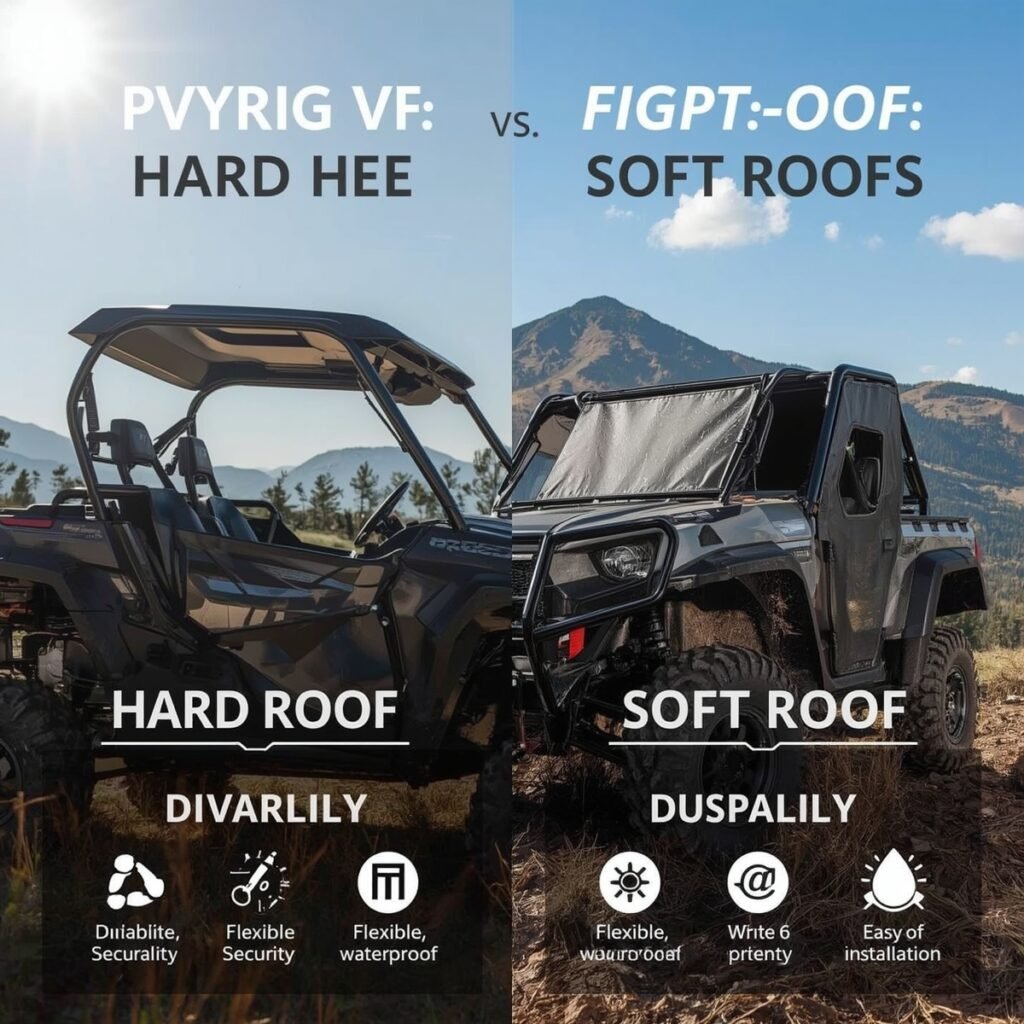
Conclusion: Your UTV, Your Roof
Choosing between a hard top and a soft top for your UTV ultimately comes down to a balance of your needs, preferences, and budget.
Both options offer distinct advantages and disadvantages, and the “best” choice is the one that aligns most closely with how you use your UTV and the conditions you typically encounter.
- Hard tops excel in durability, superior protection from the elements and debris, and better noise reduction, making them ideal for those who prioritize ruggedness, a more enclosed cabin, and the ability to mount accessories.
- Soft tops shine in affordability, lightweight design, and ease of installation/removal, offering versatility for riders who enjoy an open-air experience and need convenient storage.
Before making your final decision, consider the climate you ride in, the type of terrain you frequent, how often you plan to remove the roof, and what accessories you might want to add.
By carefully weighing these factors, you can select the UTV roof that not only protects you and your machine but also enhances every off-road adventure.
Happy trails, and enjoy the ride, rain or shine!

